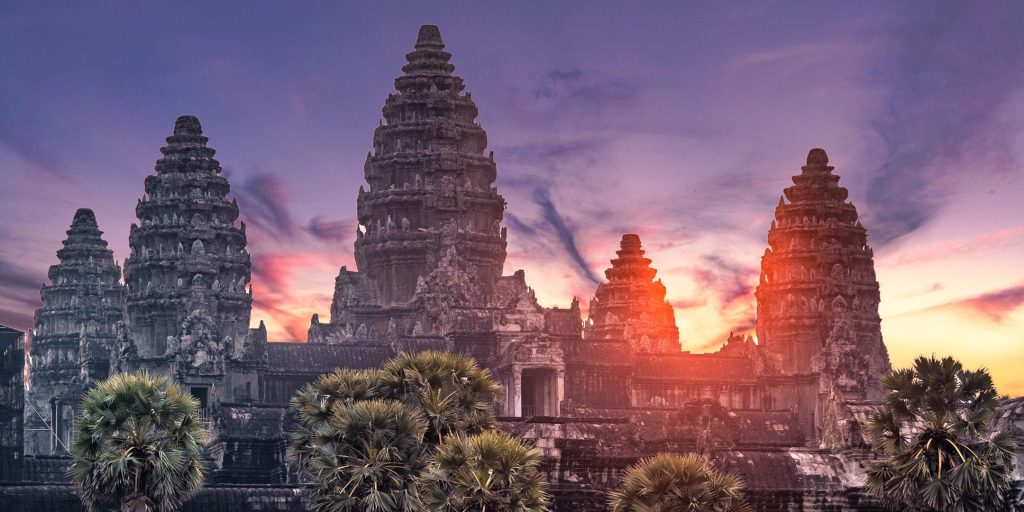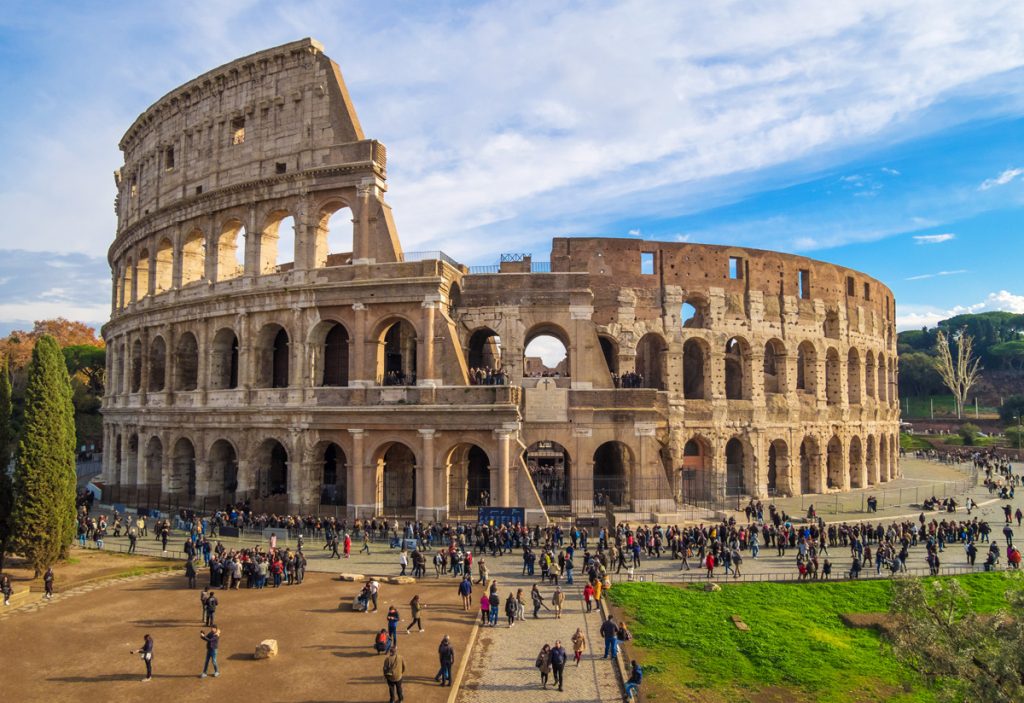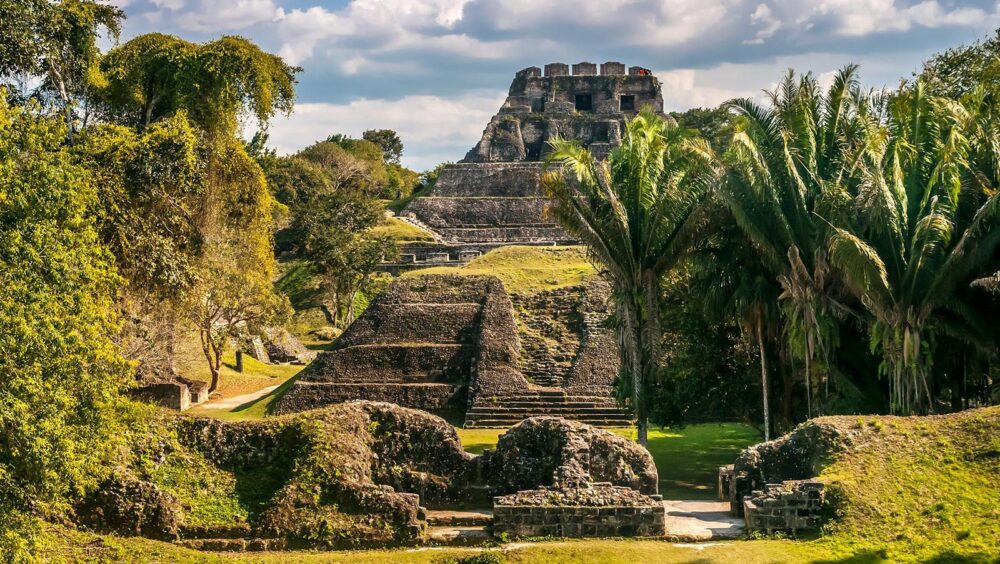Kyoto, the cultural heart of Japan, beckons solo travelers with its enchanting blend of ancient traditions, awe-inspiring temples, and a deep sense of serenity. As you wander through its historic streets, you’ll be transported back in time to an era of samurais, geishas, and imperial grandeur.
In this article, we invite you to embark on a solo journey to explore the temples of Kyoto, immersing yourself in the rich heritage and spirituality that this ancient city has to offer.
Kinkaku-ji (Golden Pavilion)
One of Kyoto’s most iconic landmarks, Kinkaku-ji, or the Golden Pavilion, is a Zen Buddhist temple that radiates ethereal beauty. Its upper two floors are covered in pure gold leaf, shimmering in the reflection of the surrounding Kyoko-chi Pond. As you wander through the perfectly manicured gardens, take in the serenity and elegance of this UNESCO World Heritage Site.
Kiyomizu-dera (Pure Water Temple)
Perched on a hillside overlooking Kyoto, Kiyomizu-dera offers panoramic views of the cityscape and the lush Higashiyama district. This historic temple is known for its wooden stage, which juts out from the main hall, offering breathtaking vistas of cherry blossoms in spring and vibrant autumn foliage. Take a moment to sip from the Otawa Waterfall, believed to bestow luck and blessings upon those who drink from it.
Fushimi Inari Taisha
Venture into the vibrant district of Fushimi and discover Fushimi Inari Taisha, an awe-inspiring shrine dedicated to Inari, the Shinto god of rice and prosperity. The highlight of this sacred site is the path of thousands of vibrant red torii gates that wind through the forested Mount Inari. As you ascend the mountain, you’ll encounter smaller shrines, stone fox statues, and stunning views of the city below.
Ryoan-ji (Temple of the Dragon at Peace)
Ryoan-ji is a tranquil Zen temple renowned for its famous Zen rock garden. Comprising of 15 carefully placed rocks on a bed of white gravel, this minimalist garden is said to evoke a sense of tranquility and meditation. Sit on the veranda of the Hojo, the temple’s main hall, and contemplate the Zen garden’s enigmatic beauty.
Ginkaku-ji (Silver Pavilion)
Ginkaku-ji, also known as the Silver Pavilion, may not be adorned with silver as its name suggests, but it possesses an understated elegance that captivates visitors. Surrounded by meticulously maintained gardens, the temple’s design reflects the wabi-sabi aesthetic, emphasizing simplicity, imperfection, and the beauty of nature. Take a leisurely stroll through the moss gardens and sand patterns, and find solace in the temple’s peaceful atmosphere.
Nanzen-ji (Southern Zen Temple)
Nanzen-ji, one of Kyoto’s most significant Zen temples, offers a serene retreat from the bustling city. Explore the sprawling complex with its picturesque gardens, tranquil ponds, and beautifully painted sliding doors. Climb to the top of the Sanmon gate for a breathtaking view of the temple grounds and the city beyond.
Gion District
While not a temple itself, a visit to Kyoto wouldn’t be complete without exploring the historic Gion district, known for its preserved machiya houses and traditional tea houses. As you stroll through the atmospheric streets, keep an eye out for geishas dressed in vibrant kimonos, adding an air of mystery and elegance to the area. Enjoy a traditional tea ceremony, savor delicious local delicacies, and soak in the ambiance of this cultural gem.
Kyoto, with its mesmerizing temples and rich cultural heritage, offers solo travelers a captivating journey through Japan’s ancient past. Each temple in this historic city tells a story of spirituality, craftsmanship, and devotion, inviting visitors to immerse themselves in the traditions that have shaped this timeless destination.
From the golden splendor of Kinkaku-ji to the serenity of Ryoan-ji’s rock garden, the temples of Kyoto serve as gateways to a world of tranquility, introspection, and awe-inspiring beauty. So, set out on a solo adventure, embrace the serenity of Kyoto, and let the echoes of ancient wisdom guide your path through this enchanting city of temples.



